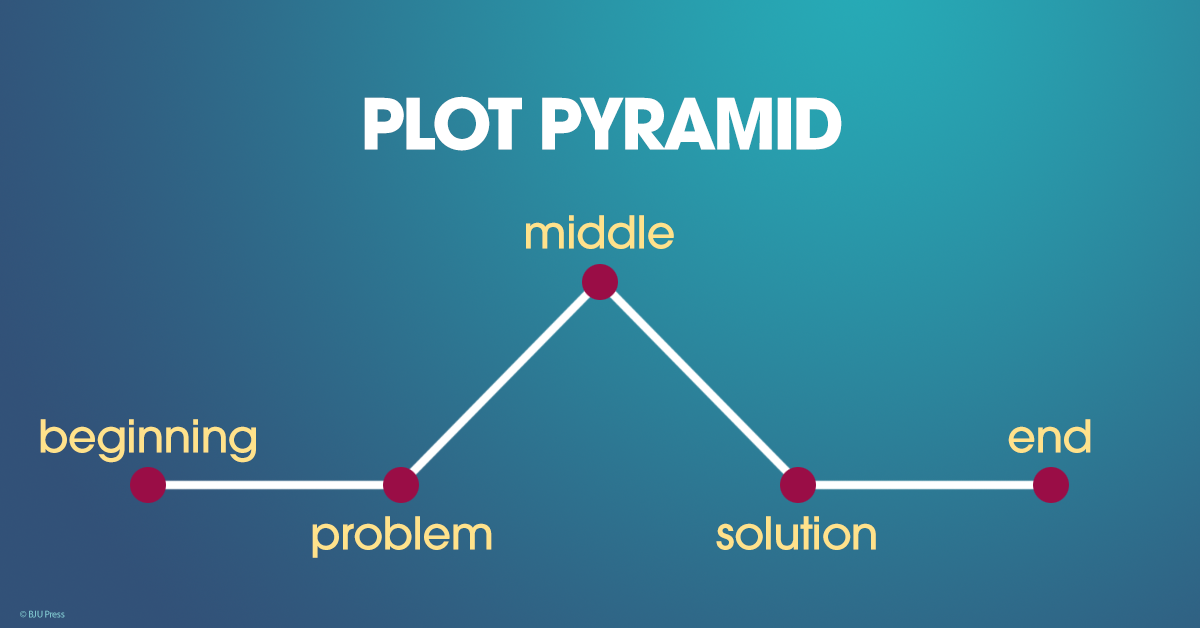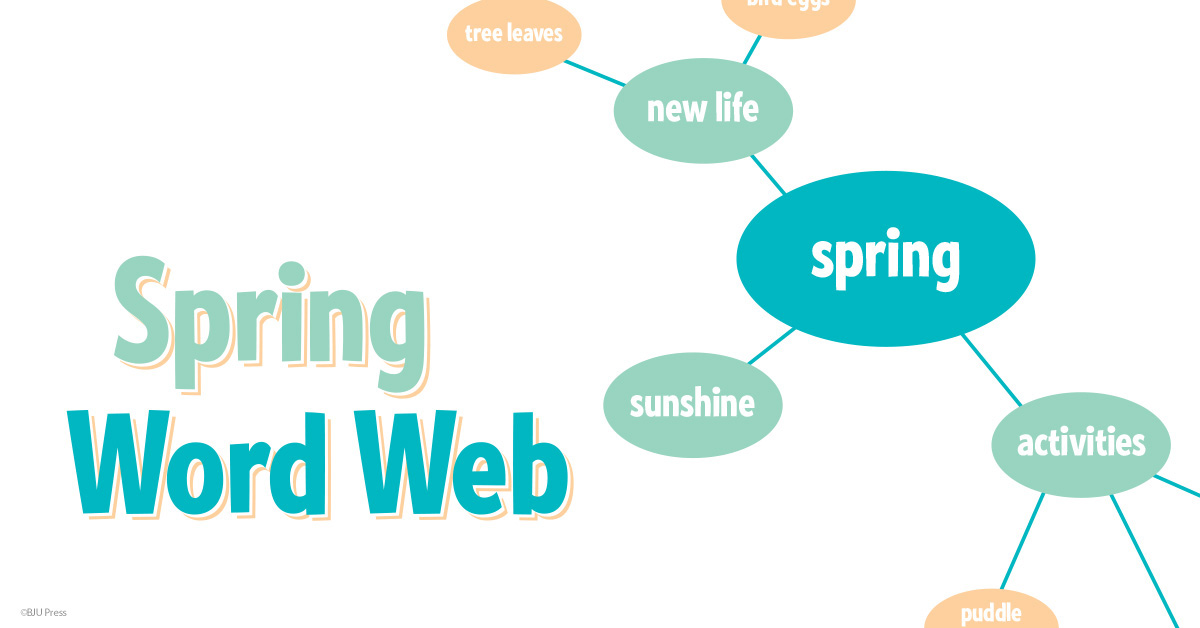It’s that time again. You’re probably starting to do some homeschool planning for next year. The browser history on your phone might be full of pages from your favorite homeschool websites. You might even have notes either typed or handwritten comparing and contrasting the textbooks you might switch to. But deciding what curriculum to use is only one piece of the planning process for next year. There’s also planning the day-to-day schedule, extra activities, chores, household details . . . You understand.
Planning a writing project may not be quite as involved as planning for the next homeschool year, but in both situations the results are affected by how well we prepare. Just as you use a homeschool planner to organize your day, your child can use graphic organizers to plan his writing project. Let’s take a look at some planning tips and graphic organizers that can help your child succeed with his writing projects.
Planning, the first step in the five-step writing process, helps make writing the first draft easier by creating a clear framework for the entire project. The writer (your child) is able to see the flow of thought he wants to communicate. A good way to start planning is by having him answer these questions.
- What topic are you writing about?
- Why are you writing?
- Whom are you writing for?
- How are you going to format your writing?
As he answers these questions, have him take time to brainstorm (and possibly research) ideas and information related to his topic. A practical way to group these details together and decide the order to arrange them in is with a graphic organizer. Some graphic organizers work better with different writing projects.

A word web is one type of graphic organizer. It can be used to organize details about a topic, an event, or even a character in a story. After listing out details, your child can number them in the order in which he wants to write about them.
Creating a senses chart is another way your child can plan out a writing project. Just like it sounds, this chart relates to the five senses and is great for helping your child write a description. Have him draw five columns on a blank piece of paper and answer the following questions:
- How does it look?
- How does it sound?
- How does it taste?
- How does it smell?
- How does it feel?
Have your child list sensory words in each column to describe the object. This list of words should include terms that help the reader mentally see, hear, taste, smell, or feel what is being read. (Sometimes only a few senses can be used to describe an object.)
A plot pyramid is a graphic organizer that establishes the beginning, middle, and end of a story. (Its counterpart for planning nonfiction writing would be a time-order chart.) Visually showing the arc that takes place in a creative story is important to help children see that the problem (usually a conflict between characters) and the solution are the transition points of their whole story.
You and I both know that taking time to plan brings benefits in multiple areas of life. Teaching your child to be a good, clear communicator for the glory of God begins with the planning stage.
Find more graphic organizers and writing resources in the BJU Press elementary English curriculum.
